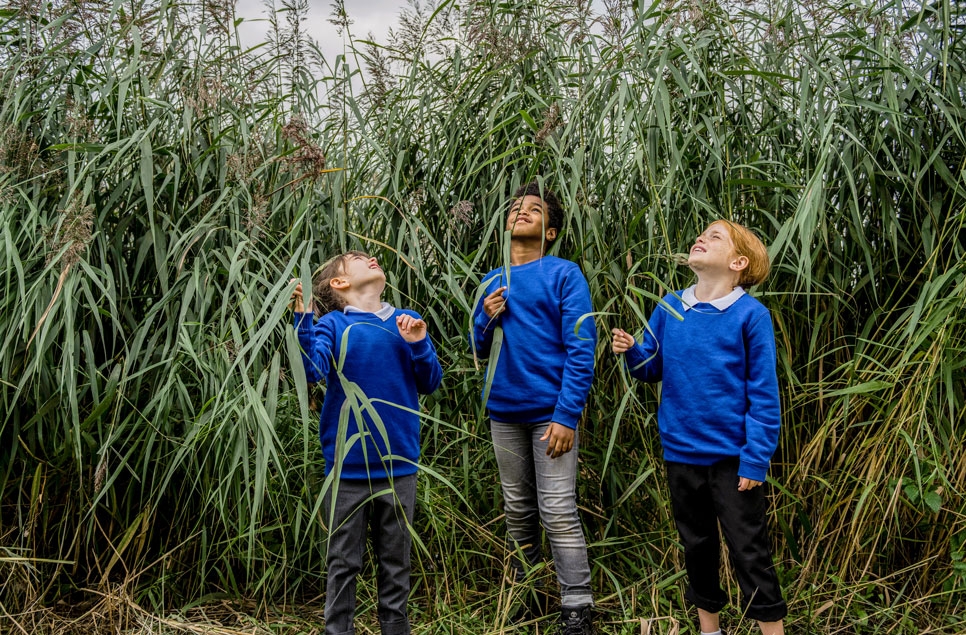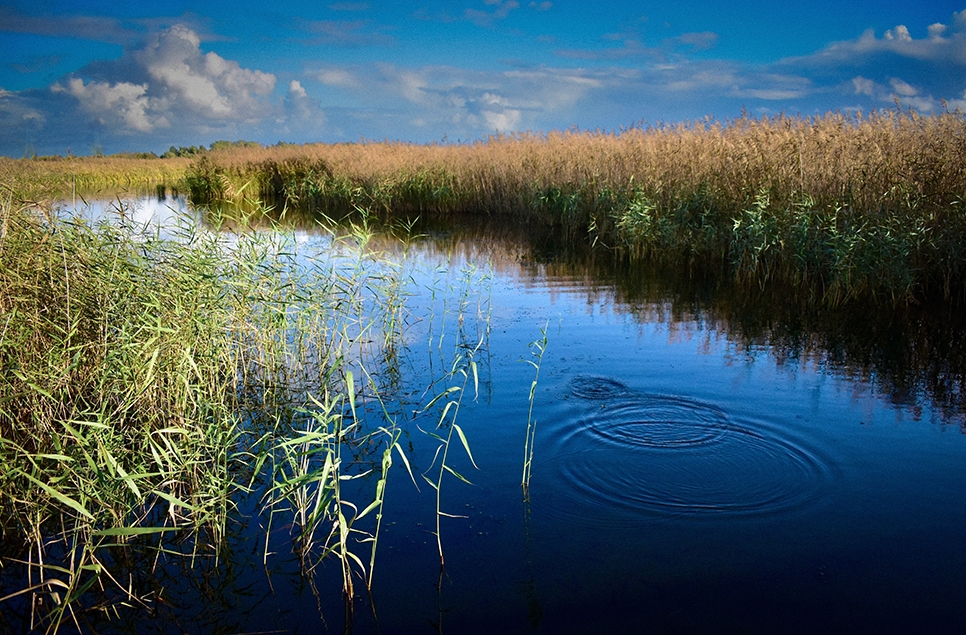Spring and summer in wetlands: a guide for wellbeing
Our free guide explores some of the ways that nature can help keep us healthy. It’s full of ideas and activities intended to help you engage with nature following the five steps to wellbeing.
Nature is awesome. Not only does it give us peace, beauty and space, it offers us an awareness of something much bigger than ourselves. Whether it’s a beautiful reedbed, a gently meandering river, huge open skies or the first catkins on a willow tree, nature offers an escape from everyday pressures and demands.
The theme for Mental Health Awareness Week 2021 is nature, so at WWT wanted to take the opportunity to celebrate the healing power of wetlands for our mental health and wellbeing. Following on from the success of our Autumn and Winter Wellbeing Guide, we worked with our Blue Prescriptions partners the Mental Health Foundation to produce our Spring and Summer edition.

Ways to wellbeing
Evidence suggests there are five steps to wellbeing, as defined by the NHS as:
- Connecting with other people, building an emotional support network and giving you the opportunity to share positive experiences outside the digital world
- Being physically active, developing self-worth through achieving goals and overcoming challenges and causing chemical changes in your brain to positively change your mood and raising self-esteem
- Learning new skills, such as gardening, birdwatching or art can generate a sense of purpose and satisfaction and possible 'flow' state
- Being generous, giving your time and effort to others and caring for the world we live in, generates a feeling of reward and meaning
- Paying attention to the present moment and nothing but the present moment, gives us relief from our racing minds. Some people call this awareness mindfulness.
Last year The People & Nature Survey for England 2020 found 85% of adults reported that being in nature made them happy, during the stresses and strains of the pandemic.
But it’s not just simply being in nature that can help us feel better – the deeper our connection, the more we feel alive and part of something bigger. And this is not restricted to being able to name every bird you hear or plant you see, although this can also fit with the ways to wellbeing outlined above. The most important thing is being intentional as you interact with nature, and approaching it as an experience rather than simply a means to an end.
It turns out that it is not just being in nature but how we open ourselves up and interact with nature that counts.
– Mark Rowland, Mental Health Foundation Chief Executive
Our free guide explores some of the ways that nature can help keep us healthy. It’s full of ideas and activities you can do with your family, friends or by yourself. They are intended to help you engage with nature following the five steps to wellbeing, and make the most of what wetlands have to offer.
Spring wildlife sights
Whether it’s listening to sand martins flitting over the water, watching bats scoop up insects in the blink of an eye, or spotting swathes of marsh marigold and common water crowfoot popping up, spring in wetlands is a special time. To help you make the most of the season, here’s a quick tour of unmissable spring wildlife sights to see in wetlands.
Share your #WetlandWellbeing experience
We’d love to hear your stories about your favourite wetland nature experiences that have lifted your spirits, so we can spread the word and inspire others. You can share with the WWT community on social media using the #wetlandwellbeing, or send your reminisces through to waterlife@wwt.org.uk



